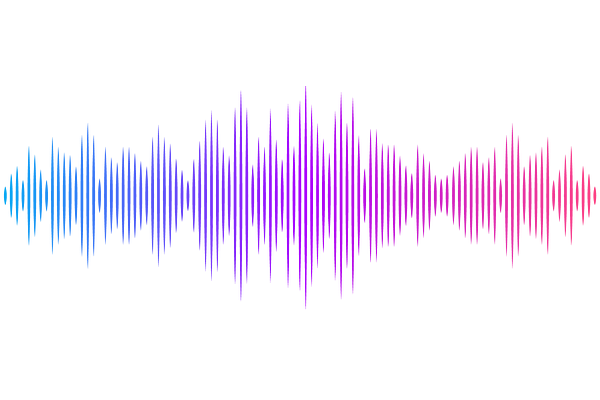Detecting and quantifying rare sex in natural populations

Detecting and quantifying rare sex in natural populations
Pieszko, T.; Kelleher, J.; Wilson, C. G.; Barraclough, T. G.
AbstractThe distinction between sexual and asexual reproduction is fundamental to eukaryotic evolution. Testing theories about the evolution of reproductive modes first requires knowing whether sex is present or absent in a population. While this seems straightforward, the literature on asexuality reflects a history of shifting claims and uncertainty regarding reproductive mode, especially where sex is potentially rare or cryptic. Here, we develop a new framework to explore the challenges in detecting and quantifying sexual reproduction from population genomic data, based on genetic simulations. We first show that commonly calculated population genetic statistics do not reliably distinguish sexual and obligate asexual scenarios if asexuality is accompanied by sex-independent homologous recombination, as emerging evidence suggests is often the case. We then present a new method to quantify the relationship between evolutionary trees and mode of reproduction by exhaustively classifying local trees for pairs of diploid individuals using ancestral recombination graphs (ARGs). This approach accurately distinguishes signatures of genetic exchange and homologous recombination, although uncertainty remains due to unavoidable biases in the steps needed to reconstruct trees from genome data. We introduce a new statistic and simulation models to account for common reconstruction biases. Our approach offers the potential for improved quantitative inference of reproductive modes that is extendable and applicable to a broad range of eukaryotes.